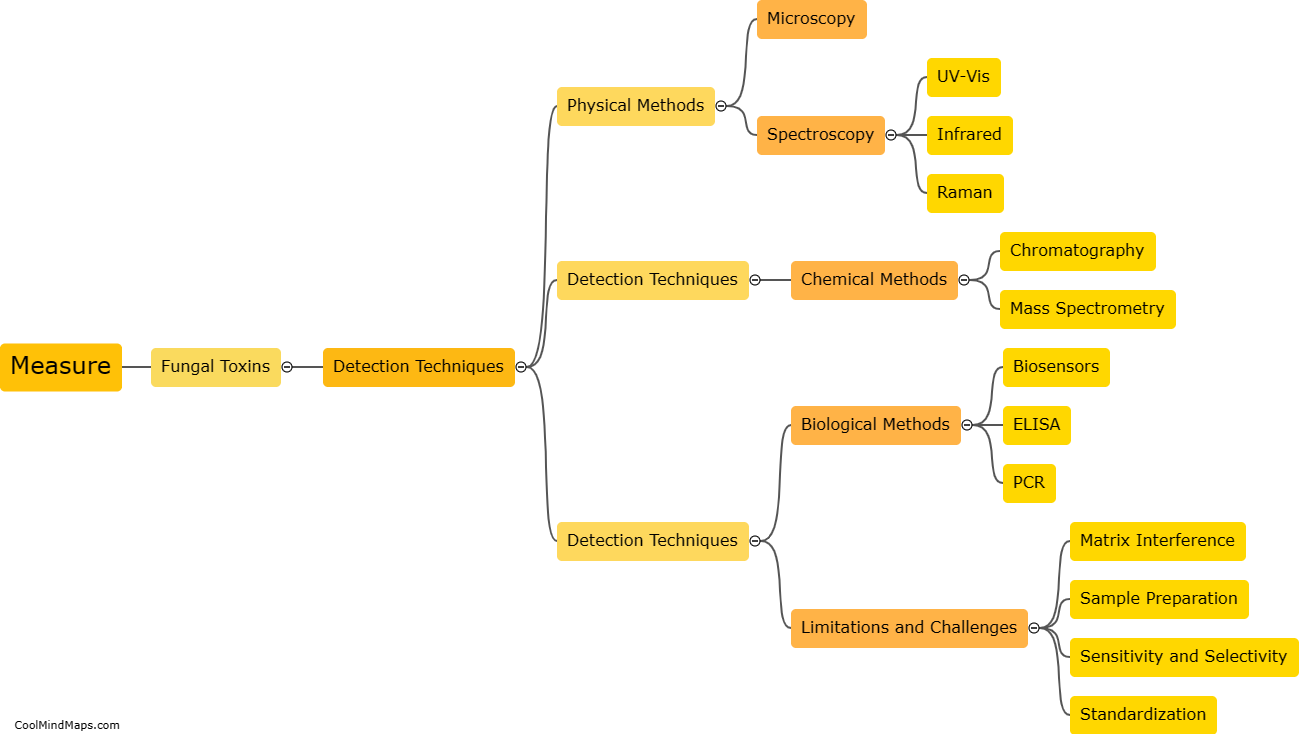What are the properties of cellulose nanofibrils?
Cellulose nanofibrils (CNFs) are fibrous nanoparticles derived from cellulose, which is the most abundant biopolymer on Earth. CNFs possess several unique properties that make them highly valuable for various applications. Firstly, they exhibit exceptional mechanical strength, thanks to the strong hydrogen bonding between the cellulose chains. This strength allows CNFs to reinforce materials such as composites, films, or coatings, making them more durable and resistant to fractures. Additionally, CNFs have a large aspect ratio with a high specific surface area, enabling them to form stable dispersions and create a dense network structure. They also possess excellent thermal stability and biodegradability, making them eco-friendly and suitable for use in environmentally conscious industries. Lastly, their compatibility with different substances and ability to form nanoscale networks allow CNFs to improve the barrier properties, rheology, and optical properties of various materials. Thus, cellulose nanofibrils offer a wide range of potential applications in areas such as renewable packaging, biomedical engineering, energy storage, and more.

This mind map was published on 30 November 2023 and has been viewed 91 times.











